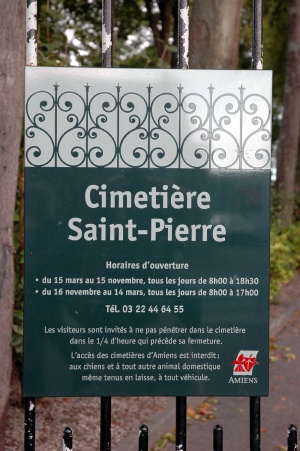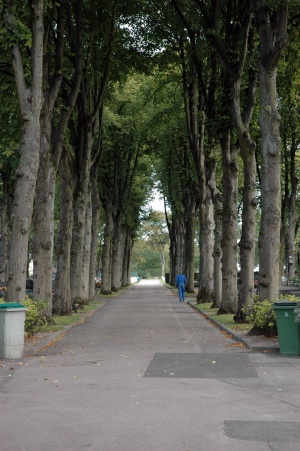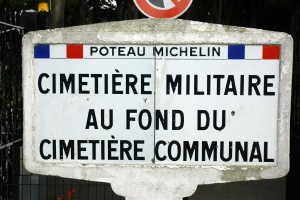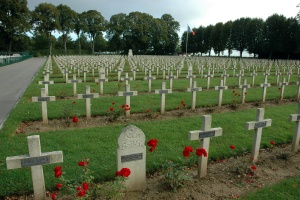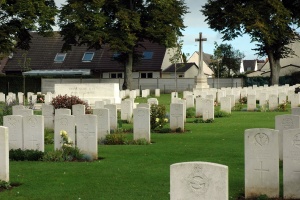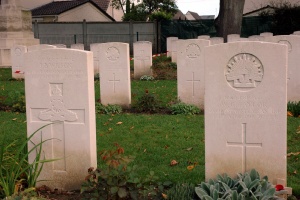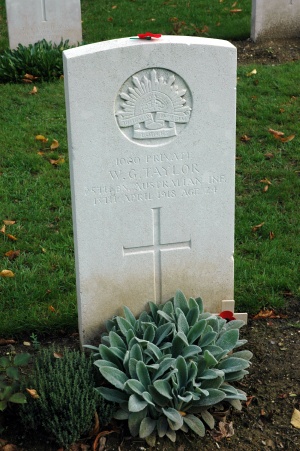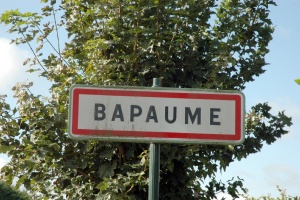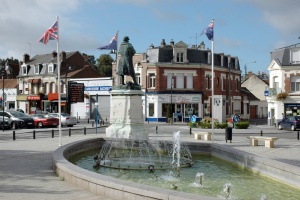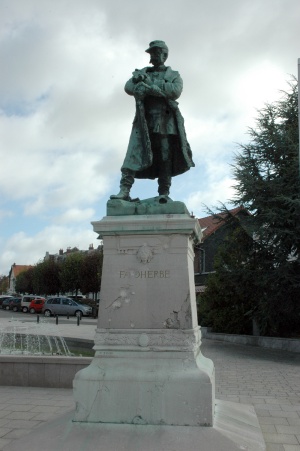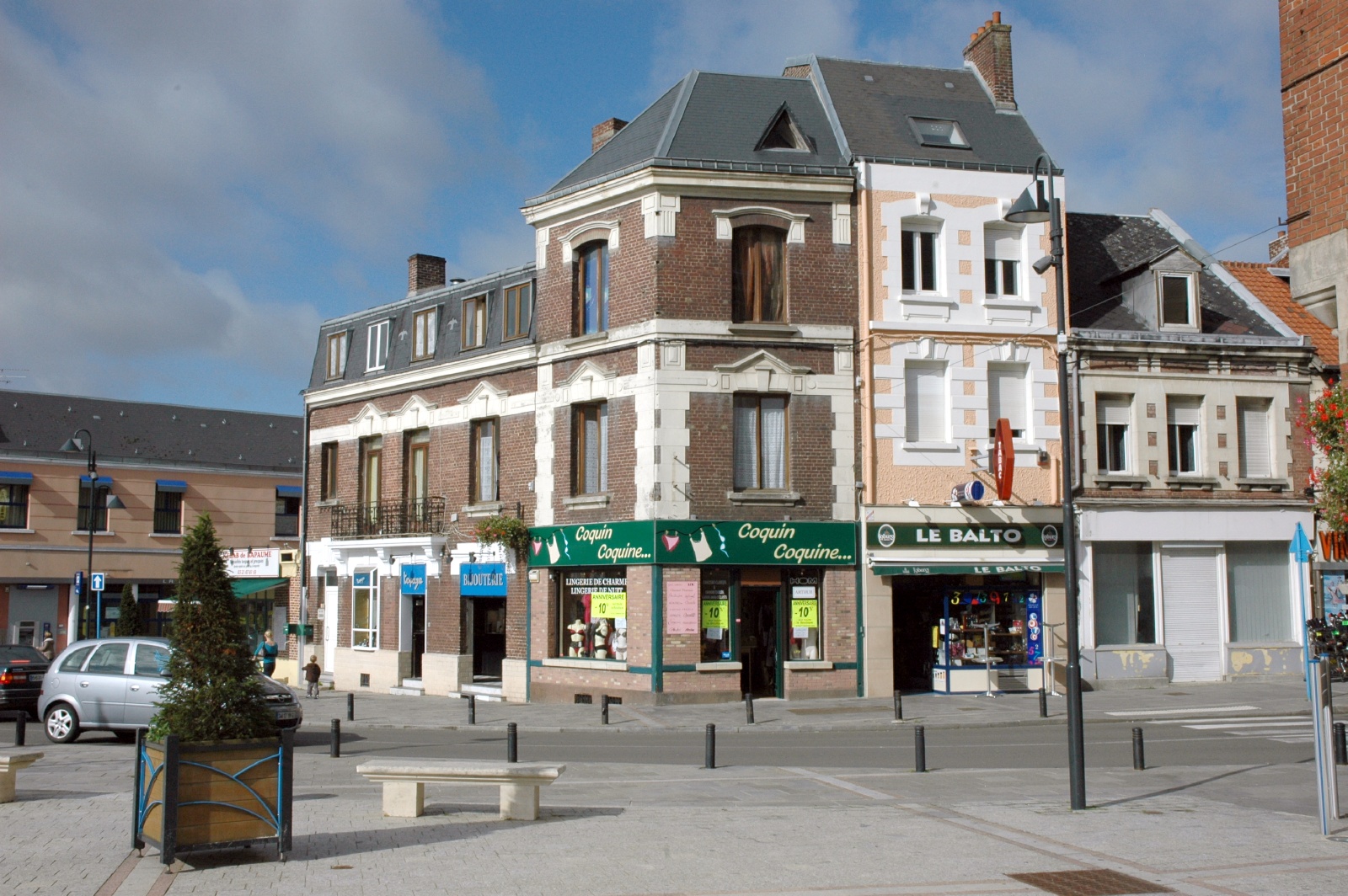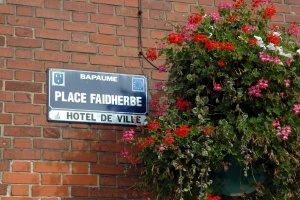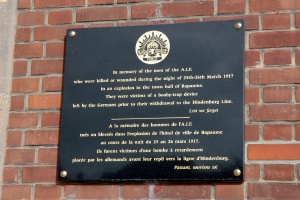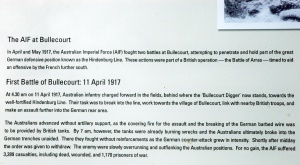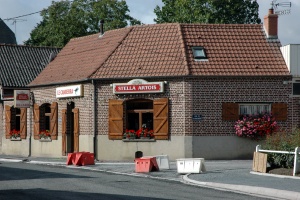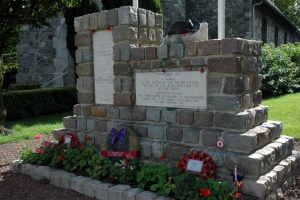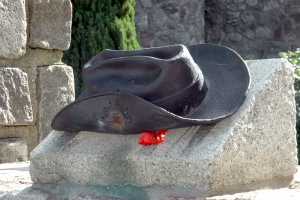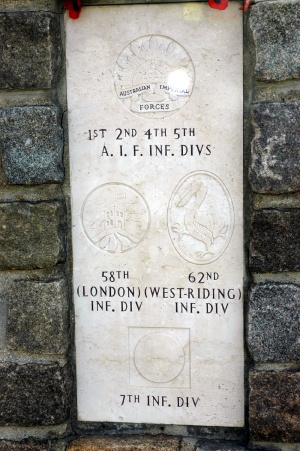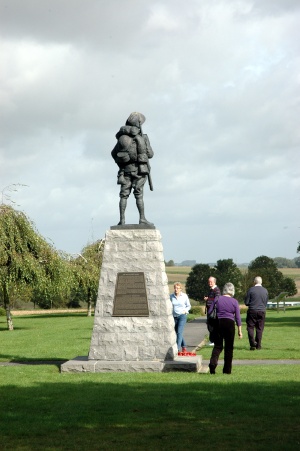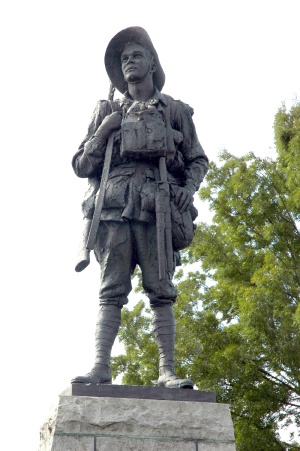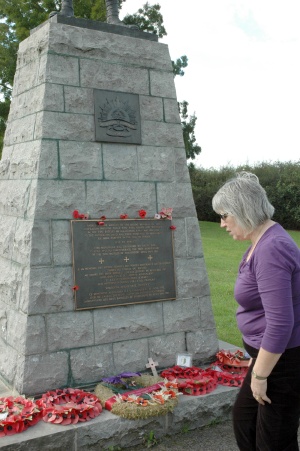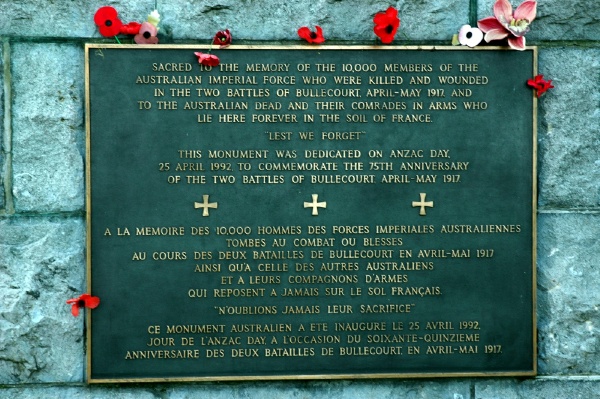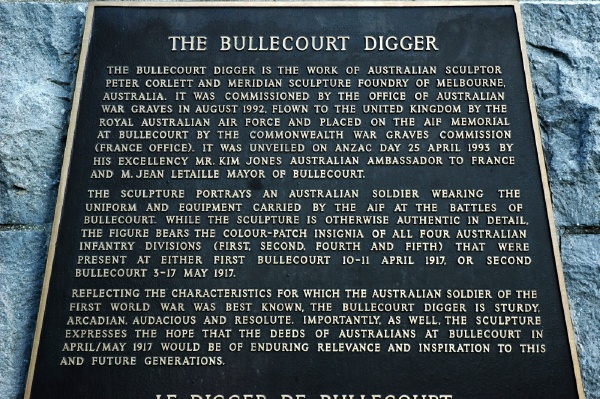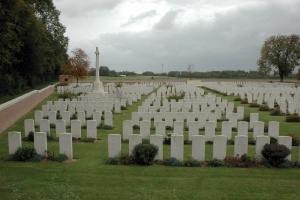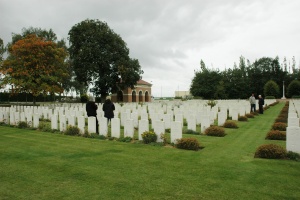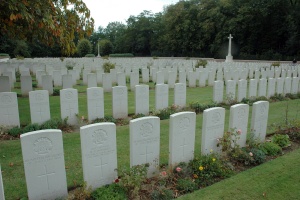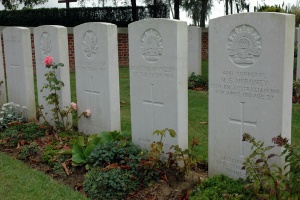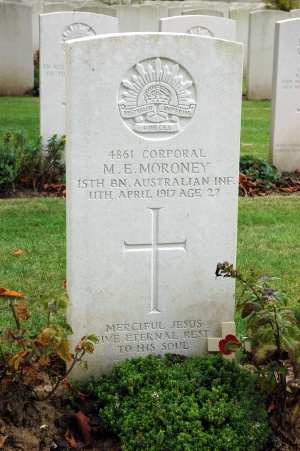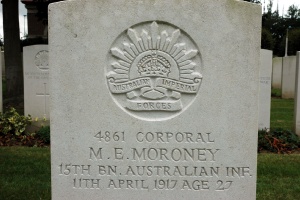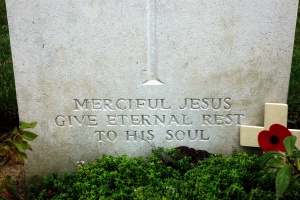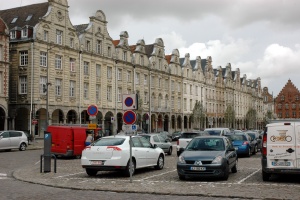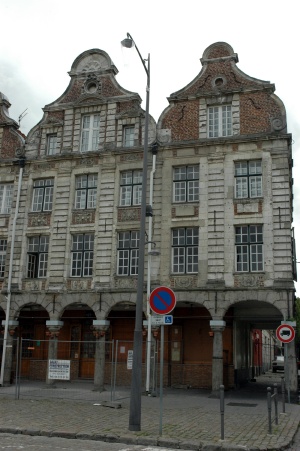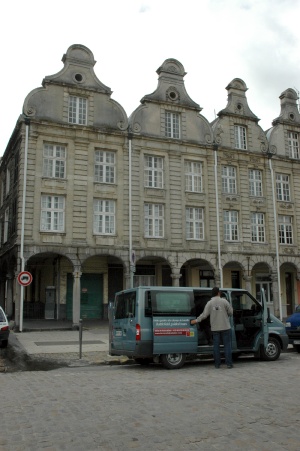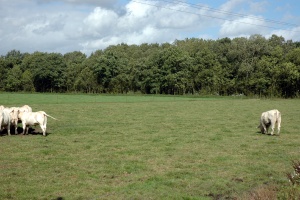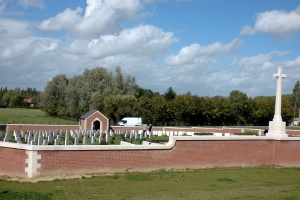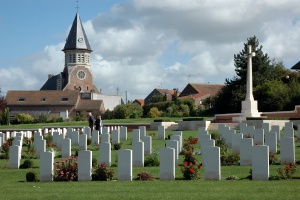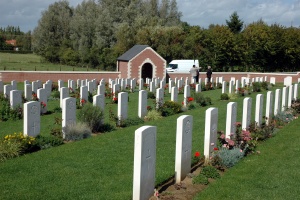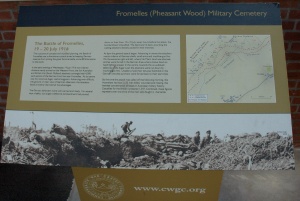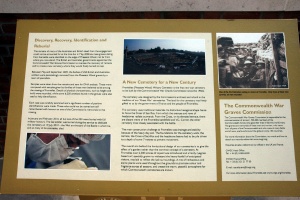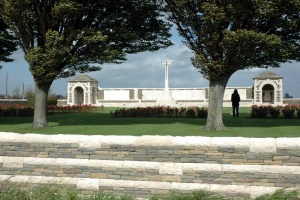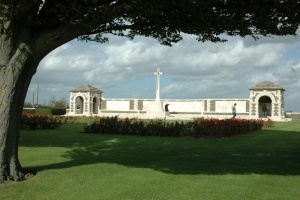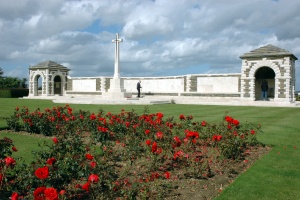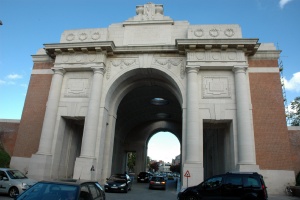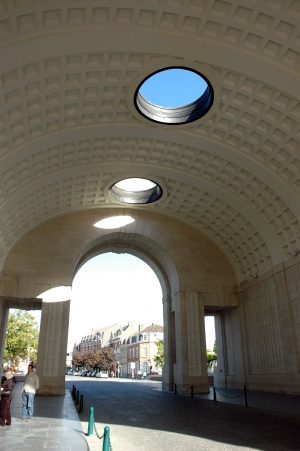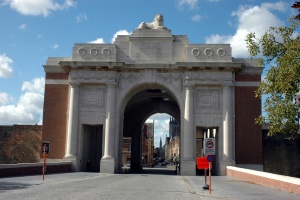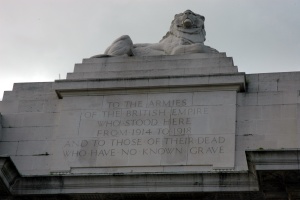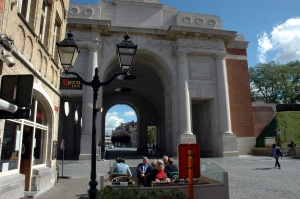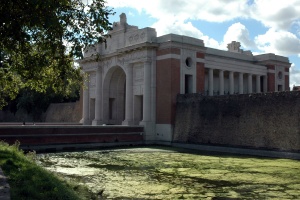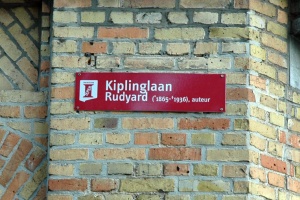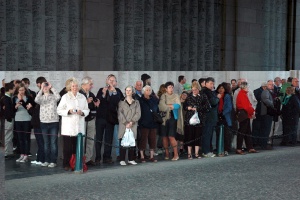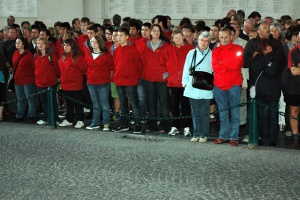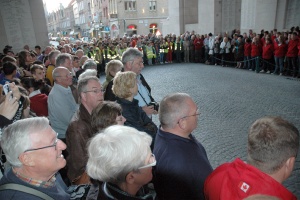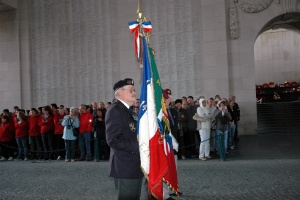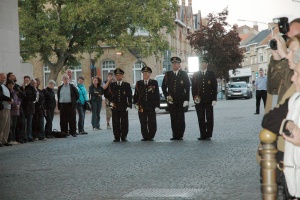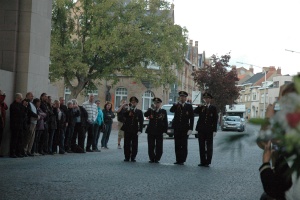Britain 2011 - Day 4IntroductionTuesday, and Day 2 of our three day tour of the battlefields. Today we went north from Amiens to Passchendale, finishing at Ypres and the Menin Gate. On the way were were able to stop at two cemeteries and found the graves of two relatives who had enlisted in the Australian Army and were buried, one near Amiens and the other at Bapaume. Once again Sylvestre from Terre de Mémoire was ready and waiting for us with his mini-bus. We picked up the two Australian couples and stopped at the Cemetery of Amiens just on the edge of the city. St Pierre Cemetery, AmienOur first stop was the St Pierre Cemetery at Amiens. It is a "cimetiere communal", but at the rear are the French and Commonwealth military cemeteries. Here we expected to find the grave of 1000 Private W.G. Taylor, Colma's great-uncle. He was actually William George BROWN, but enlisted as TAYLOR, his step-father's name. His grave is in the middle of the Commonwealth plots, close to the memorial stone and the Cross of Sacrifice. BapaumeBapaume was liberated in late March 1917 by Australian and New Zealand troops. A night later a large explosion from a hidden mine killed 19 Australians. Today the town still flies the Australian and New Zealand flags in the centre of the town, close to where the Australians were killed.
Bullecourt - another Australian battle and another cemeteryBullecourt was the site of another major Australian battle. Today the battlefield is a broad flat expanse of farmer's crops with an impressive memorial and bronze statue. It was here that Colma's other great-uncle died and was later buried at the small cemetery at Tilloy British Cemetery, Tilloy-Les-Mofflaines. First, we stopped in Bullecourt where there is an Australian memorial across the road from the town hall, and Le Canberra Pub. Then just down the road is the larger memorial and statue.
Bullecourt memorialA short distance from the town is the site of the battle, with the Australian memorial.
Tilloy British Cemetery, Tilloy-Les-MofflainesOur next stop was the small Commonwealth cemetery ofTilloy-Les-Mofflaines. Here we found Michael Moroney, died 11 April 1917. As with many of these cemeteries, a large number of the headstones are simply for "An Australian Soldier of the Great War" - i.e. unnamed. We were fortunate with Michael, he was one of the few in this section that had a name.
LunchSylvestre then took us to another of his favourite cafes for lunch, where we had "sandwiches" of large filled rolls. The cafe was on one corner of the market square, dominated by large, almost identical buildings.
FromellesFromelles is a new Commonwealth Cemetery, created in early 2010 for the reburial of 250 bodies exhumed close by at Pheasant Wood. The battle of Fromelles was the first engagement for Australian troops, and was another fruitless loss of life and loss of ground. The dead could not be recovered and the battle was quietly forgotten by the British. The dead were later recorded with no known grave. However the German troops had neatly buried the fallen in six graves adjacent to Pheasant Wood. Apparently the local farmers knew of this for they had never cultivated that area, but a chance discovery unearthed the graves. The Australian and British Governments then set about excavating the site, unearthing 250 bodies and around 6,200 artifacts. DNA analysis was later used to identify some of the bodies. The local community is divided on the exhumation. Many believe that the soldiers had been given a decent burial at the time and should have been left at rest, as so many of their comrades are.
VC Corner CemeteryVC Corner is another large Australian Cemetery, this one being to the unnamed at Fromelles. It's unusual feature is the lack of headstones. All the names are recorded on the panels on the main memorial.
Menin Gate and YpresWe continued to drive north, and shortly crossed over the border into Belgium. We continued to drive on an almost billiard-table smooth landscape of various crops, mostly sugar-beet. Eventually we reached Ypres where we had booked into the Ariane Hotel (an excellent choice with comfortable rooms and top quality food). On the way to the hotel we stopped at the Menin Gate. We returned later in the evening to watch the Last Post being played. Every evening the road through the Gate is closed off and buglers from the local fire brigade play the Last Post, often accompanied by the laying of a wreath. On the night of our visit, a group of Canadian cadets was visiting as well.
The Last Post ceremony is over in 10-15 minutes, the crowd disburses and the road re-opens to traffic. It has been this way almost every night since 1918 and the town seems to just organise itself around it. Back to previous day Last updated: 19/06/2017 |
||||||||||||||||||||||||||||||||||||||||||||||||||||||||||||||||||||||||||||||||||||||||||||||||||||||||||||||||||||||||||||||||||||||
